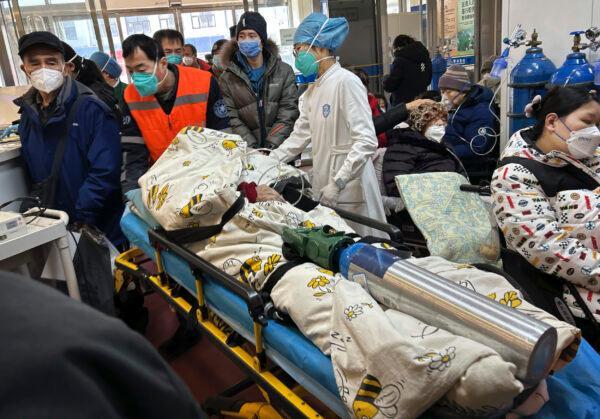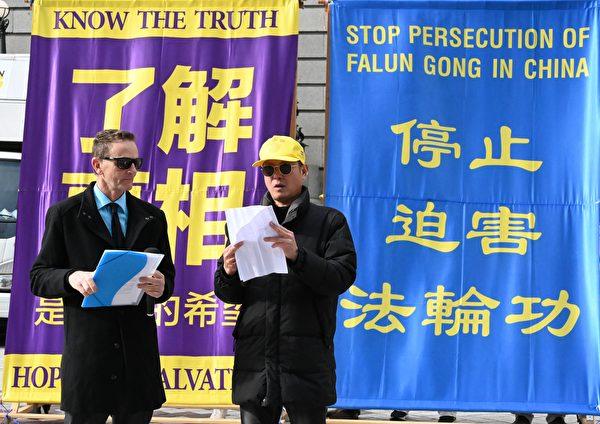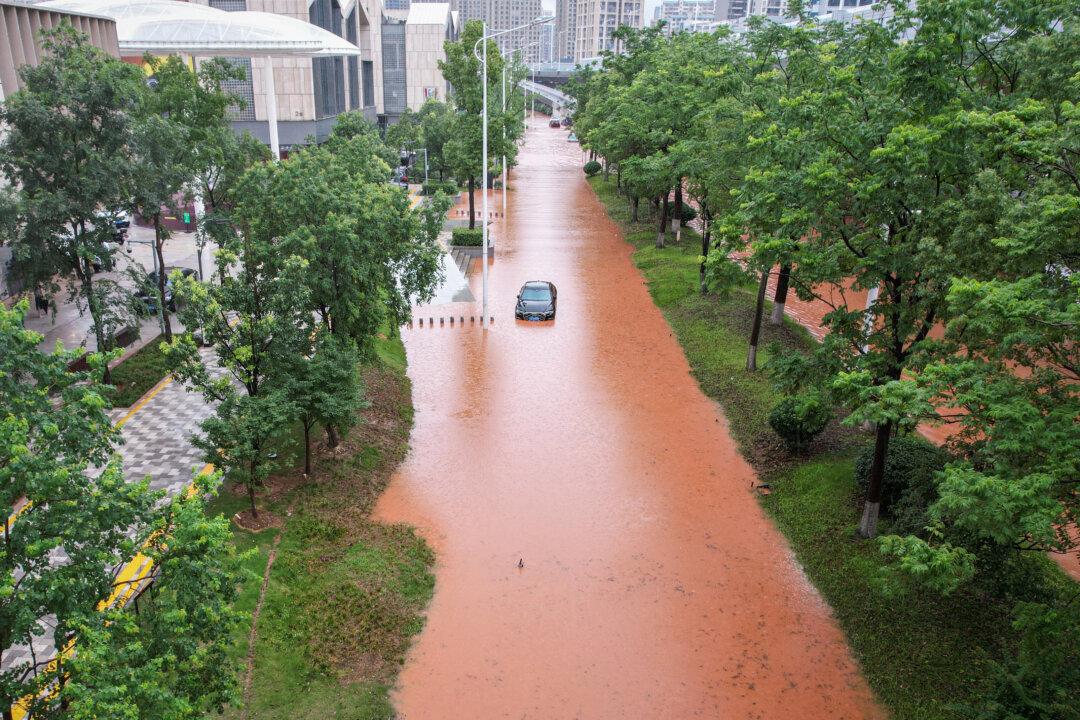The huge number of infections and deaths from COVID-19 in China seem to differ from what the rest of the world is experiencing. However, the regime’s lack of transparency, coupled with the sudden opening of its borders, has pitted Beijing against the rest of world.
Rampant Infections
The Epoch Times has learned from various sources that many crematoriums in China have been working constantly, mobile wards have been converted into mortuaries, and large open-air crematories have been built.A similar situation is occurring in Shanghai.
Shanghai’s two largest funeral homes, Baoxing and Longhua, are handling up to 500 and 400 corpses a day, respectively. On Dec. 29, a staff member at the funeral home said the number used to be around 90 a day.
From Shanxi in northern China, to Fujian in the south, Beijing, Shanghai, and so forth, hospitals and ERs are crowded with patients.

Burner Requisition
A Jan. 2 online video showed Miyun County, Beijing, was hurrying to build simple incinerators.The person who answered the call was not familiar with the matter, and said that cremations are handled by funeral homes, but “the city is in the process of burner requisition.”
Propaganda
On Jan. 4, Chinese reports, citing expert opinions, indicated that the peak of the first wave of infections has passed in multiple cities, such as Beijing, Guangzhou, and Chongqing, and in provinces such as Zhejiang and Sichuan.Chinese experts predicted the rural areas would be the next epidemic prevention challenge due to the large volume of traffic anticipated during the Chinese New Year.
Wang said there’s no substantial data supporting the regime’s claim of the “passing” of a first-wave peak, it’s all about propaganda.
After three years of following a strict zero-COVID policy, China suddenly eased the prevention measures and announced it was allowing travel into and from China, while a widespread a COVID outbreak was hitting China almost concurrently.
Wang said it’s clear the world is hitting back. Many countries started mandatory COVID testing of travelers from China.
However, China insisted that the restrictions imposed by the international community were not “science based,” but were for “political purposes.”

The World Wants Data
Wang said the regime has been obviously “systematically manipulating” its COVID data.The lack of transparency about the severity of the infections and the genetic data of the variants in China, along with the huge disparity between societal phenomena and the Chinese data, have the international community worried, Wang said.
To better prepare the world for future pandemics, WHO member states will discuss a “zero draft” of an international pandemic treaty agreement in February.
Wang said that the West has treated the epidemic as essentially a medical issue that ought to be addressed with medical procedures in accordance with consensus norms and international practices. This approach has been operating in the world for more than 100 years and is a mature system.
However, the Chinese regime violated this system and insisted on using its domestic propaganda. “It will only lead to confrontation between China and the United States, between China and the world,” he said.
The confrontation will only persist as long as the outbreak continues in China, Wang stated.





